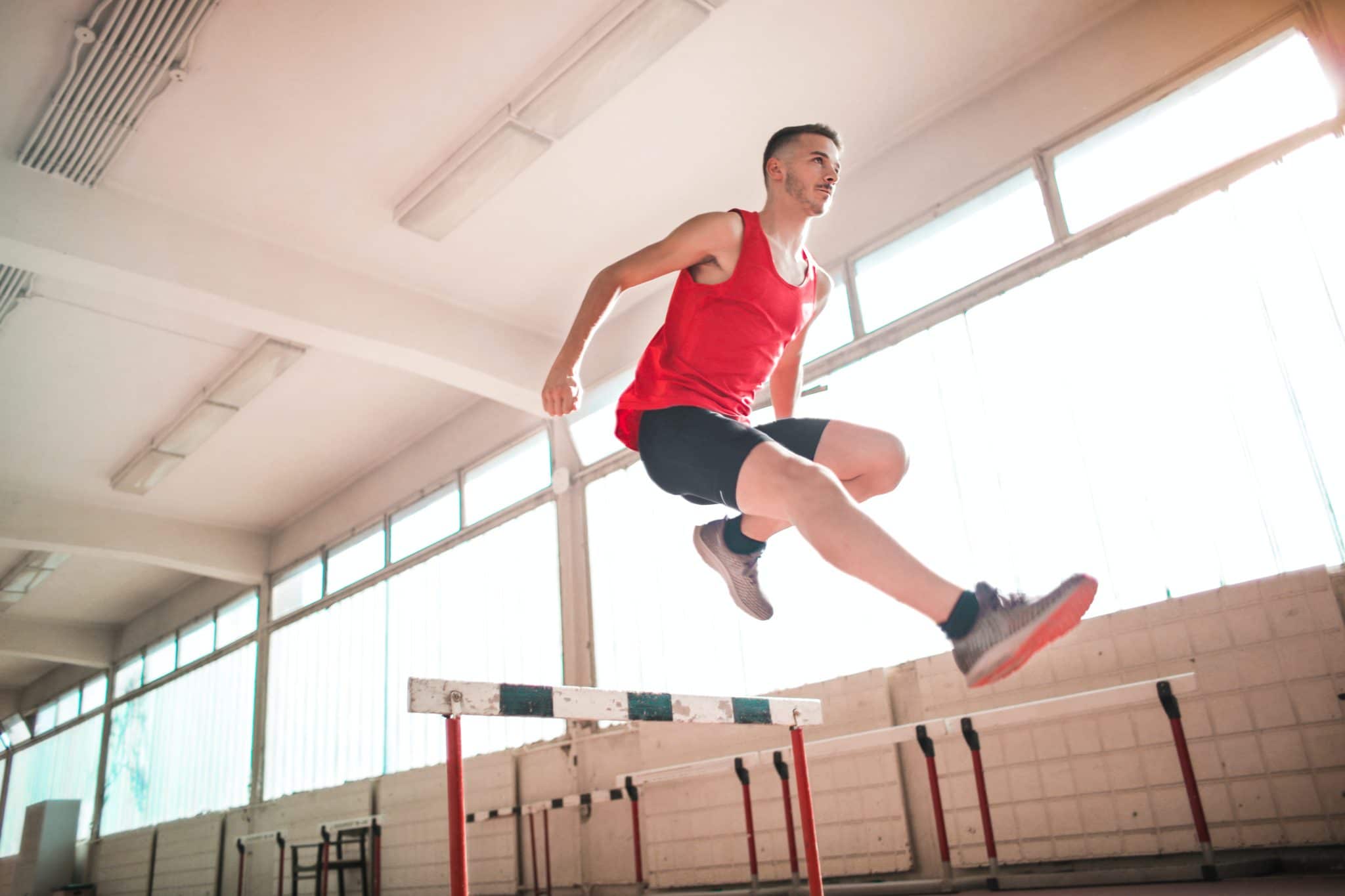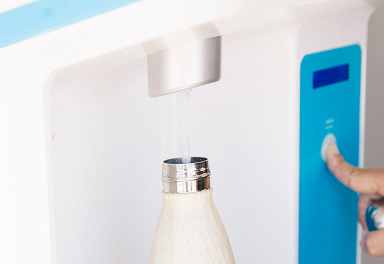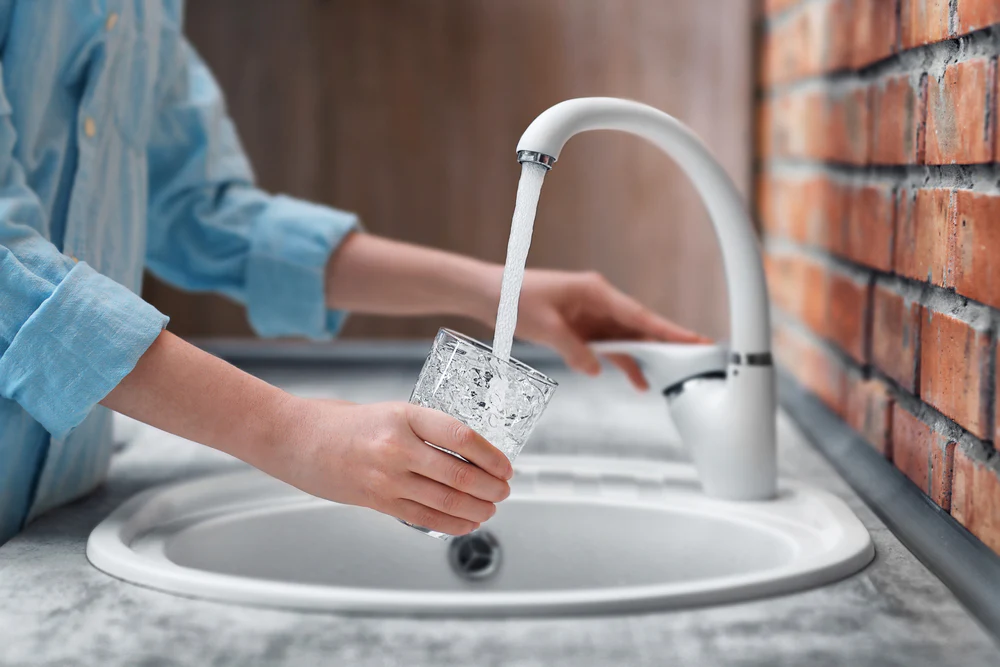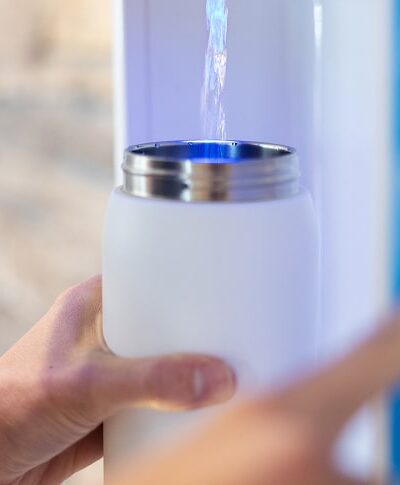Student athlete wellness is a top priority both academically and performance-wise for sports. Administrators have a duty to provide the best possible environment for students to excel. This includes providing adequate resources and support in different areas of their development. Understanding how to improve school facilities and taking the next step to implement new health-focused initiatives is an essential aspect of helping student athletes, from providing support for mental health conditions to keeping them hydrated on campus.
Since student athletes follow a different regimen than most of their classmates, they require additional guidance to keep them on the right wellness path. Proper attention to their health plays an important part in how well they’ll perform and how well they can protect their body from injury. In addition to following specific diets and sleep schedules, they must also coordinate classes and coursework with practice times.
Due to the balancing act student athletes must uphold, there are several common challenges that often plague them. These typically include three key areas:
- Identifying sleep disorders
- Monitoring stress and anxiety
- Preventing illness and injury
Understanding how to maintain good health for students can be tricky depending on the specific needs of each individual. As an administrator, guiding student athlete health and wellness involves providing the support needed in each of these areas. One central solution that ties all of these together is proper hydration. Here are ways to approach these student athlete challenges and the positive impact hydration plays on each.
1. Identify Sleep Disorders
Practice times, training, and game day travel can all wreak havoc on a student’s natural sleep schedule. A survey conducted by the American College Health Association found, on average, most student-athletes report four nights of insufficient sleep per week. Additionally, an NCAA survey found approximately one-third of student-athletes receive less than seven hours of sleep per night.1
Due to this reported lack of consistent, quality sleep, it’s important for administrators to weigh in on curfews and monitor sleep schedules to maintain the health and well-being of their student athletes. This includes evaluating travel schedules and rest days with practice times and school responsibilities. Though students must maintain health and wellness discipline to perform at their best, administrators can provide the structure and resources necessary to help.
Dehydration as a Barrier to Sleep
In addition to schedule changes, dehydration is one of the main barriers to sleep. It’s common for people who are fatigued and feeling lethargic to be dehydrated. One study found those who slept only six hours per night had significantly higher rates of dehydration compared to those who slept eight hours.2
Furthermore, student athletes sweat more than the average student and are more likely to lose more water throughout the day. Combine that with busy daily schedules and drinking enough water can fall to the wayside. Solutions administrators and coaches can implement to support hydration and make sure students are reaping the benefits of drinking water in school include:
- Scheduling frequent water breaks. Providing adequate water breaks during practices, athletic training, and games serves as a reminder to stay hydrated. A lack of hydration leads to quicker fatigue and injuries, such as stiff muscles and exhaustion, which can affect an athlete’s performance.
- Providing a reusable water bottle. One of the easiest ways administrators can help student athletes stay hydrated is to provide them with reusable water bottles. It makes it convenient and accessible for everyone to fill up as needed, whether in class, at practice, or in their homes.
- Offering nutritional guidance. Many student athletes work with a team nutritionist who can guide their diets to meet their exercise regimen. Because they’re burning more calories throughout the day, there must be a good balance of protein and produce to support a healthy system, as well as ensuring they’re drinking enough water.
Installing a clean water dispenser inside school gyms and training rooms provide student-athletes the accessibility to drinking gym water that is fresh and filtered whenever they need it. It also encourages healthy habits to carry with them from when they’re with their teammates to when they’re at home.
2. Monitor Stress and Anxiety
Another important part of maintaining student athlete health and wellness is monitoring and helping to manage stress and anxiety. Everyday stressors for any young adult can be detrimental to their development. However, the additional pressures put on student athletes can add another level of anxiety.
Students must focus on their athletic performance, preventing injury, and maintaining healthy relationships with their coaches and teammates. This is in addition to focusing on their academics and interpersonal relationships outside the sport. But student athlete mental health performance is just as important and must be in balance too.
As young adults enter college as student athletes, statistics show one-third of all college students experience significant symptoms of mental health conditions, including anxiety and depression. Yet, only 10% of student athletes seek the help they need.3 Increased stress and anxiety can eventually lead to burnout, eating disorders, sleeping disorders, and depression, which is why it is so important for students to have access to mental health support when they start to feel stressed or anxious. Fortunately, administrators can follow a proactive plan to combat these numbers and provide support for college students or high school students preparing for college athletics. Steps include:
- Aid in the collegiate transition
- Focus on sports nutrition
- Provide emotional support
Aid in the Collegiate Transition
Making the switch from high school to college is a big life event for any student. They must quickly adapt to a new environment, new rules, and new people they’ll interact with every day. There’s also a newfound sense of freedom of being on their own and trying to navigate everyday life without the constant guidance and fallback of their parents.
Administrators who step in and help make this transition easier can alleviate the stress and anxiety that often arises due to the unknown. Providing a guidebook that lets student athletes know where resources are located, who to get in contact with, and an overall sense of support helps ease the transition.
Focus on Optimal Nutrition
Each sport has its own diet and exercise regimen necessary to maintain optimal performance. Providing professional nutritional support with meal plans and game day guidance can help keep their bodies in top shape and prevent injury. Consulting with a nutritionist also ensures student athletes do not fall under the stress of an eating disorder.
Because of the added pressure of maintaining certain agility and strength, it’s easy for student athletes to fall into obsessive monitoring of their weight. This can lead to a lack of nutrition and/or additional rigorous workouts which do not provide their body the balance it needs to maintain optimal health and well-being.
Provide Emotional Support
In addition to the physical stress, the emotional burden young adults face, especially student athletes, can become overwhelming. Promoting the importance of mental wellness and the ties between a balanced diet, exercise, and sleep will help students handle their anxiety and stress in healthier ways. It’s crucial to show students, whether high school athletes, college athletes, or professional athletes, that mental health care is important. It should always be emphasized and encouraged that they can seek mental health support whenever they feel like they need it.
Additionally, providing accessibility to counselors, as well as an open-door policy with coaches to discuss personal problems gives students a place to talk in a safe and private environment. Encouraging high school and college student athletes to make use of counseling services is important, as they might sometimes feel embarrassed to do so. If a student has an athletic trainer or coach they are comfortable with or trust, they may seek emotional support or guidance from them as well.
Support Team Development
Another way to manage increased stress and anxiety is to support team development opportunities. Team meals and outings and a constant check-in with the pulse of individuals can all help to build healthier, stronger teams. It can help eliminate tensions teammates may have with each other.
Each student athlete has their own personal stressors affecting their well-being in addition to what the team as a whole is experiencing. It’s important to shed light on these and give everyone a safe space to speak up and feel supported as needed.
3. Prevent Possible Injuries
Lastly, when it comes to maintaining student athlete health and wellness, injury is always a top concern. Whether it occurs during practice or on game day, an injury is a setback for both the student and the team. Preventing injuries starts with proactive care. And one of the leading causes of injury is dehydration.
Dehydration can lead to heat exhaustion, low blood volume, seizures, muscle cramps, and hyperventilation, among other injuries. Athletes lose an average of one to four pounds every hour due to sweating.4 Though the exact amount depends on the sport and environmental conditions, this level of fluid loss requires regular hydration to replenish the loss.
FloWater is an effective way to provide student athletes the hydration they need on an ongoing basis. The FloWater Touchless Water Dispenser transforms tap water into filtered water, removing up to 99% of all contaminants, pollutants, and chemicals. At the same time, it adds back valuable minerals and electrolytes that help keep athletes healthy, such as potassium, sodium, magnesium, and calcium.
The FloWater Touchless Water Dispenser also dispenses at a rapid rate allowing for quick fill-ups during practice breaks and in between classes. Plus, the Refill Station foot pedal creates a contactless experience to reduce the spread of germs.
Proper hydration is linked to many problems student athletes face every day and giving them an accessible resource to stay hydrated helps to alleviate these and supports their overall wellness.
It’s not only the stress of the sport or making the grades in the classroom that affects students. They are in an important developmental stage of their lives, which comes with a whole array of challenges. When they do not have an outlet or know where to seek help, it can cause their health to rapidly decline.
Administrators who address the key challenges student athletes face with proactive solutions can better support them and their performance both in and outside of the classroom. Hydration plays such a central role in maintaining optimal health, it only makes sense for it to be a central focus for schools and their student athletes.
Sources:
- Sleep Foundation. Hydration and Sleep. https://www.sleepfoundation.org/nutrition/hydration-and-sleep
- Mayo Clinic. Dehydration. https://www.mayoclinic.org/diseases-conditions/dehydration/symptoms-causes/
- Athletes for Hope. Mental Health and Athletes. https://www.athletesforhope.org/2019/05/mental-health-and-athletes/
- Active. Fluid Facts for Athletes. https://www.active.com/nutrition/articles/fluid-facts-for-athletes
- National Association of Student Personnel Administrators. Mind, Body, and Sport: Understanding and Supporting Student-Athlete Mental Wellness. https://www.naspa.org/images/uploads/events/Mind_Body_and_Sport.pdf





